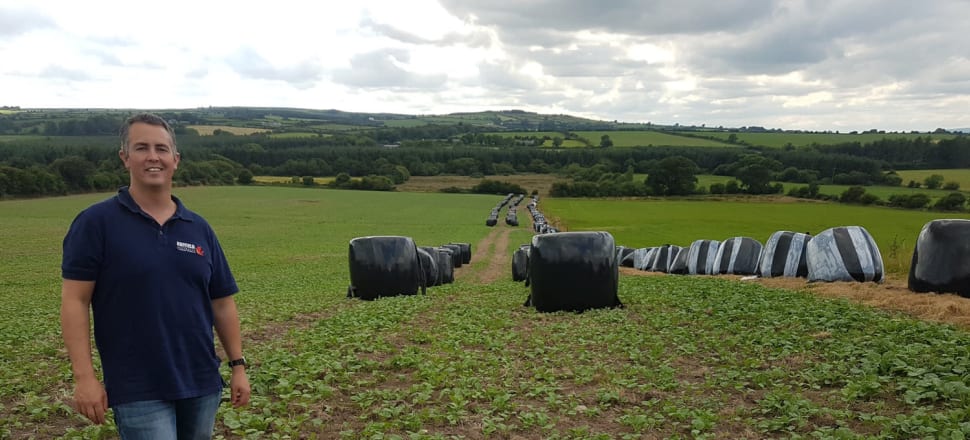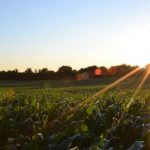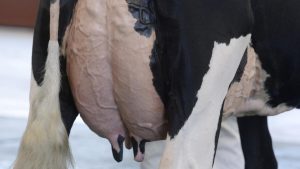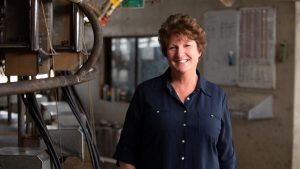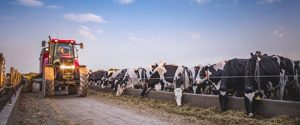
Running two dairy farms of around 550 cows at Yolla in north-west Tasmania, grazed rye-grass pasture makes up a large proportion of the diet on both farms.
On one farm there is no grain fed to the cows.
When selecting rye-grass cultivars for sowing, Duncan has turned to Dairy Australia’s Forage Value Index to make the best choice of perennial rye-grass cultivar.
The Forage Value Index (FVI) rating system provides an independent assessment of the potential economic value of perennial rye-grass cultivars in different dairy regions of south-east Australia.
Selection of better performing cultivars helps to increase pasture productivity at key times of the year and ultimately, farm profitability.
Every year, the FVI is updated with new trial data to ensure the rankings are as accurate as possible and that any new commercially available cultivars are represented.
“Over the last few years, I have looked at the FVI rankings for Tasmania when selecting a rye-grass cultivar to sow,” Duncan said.
“Our farm system is spring calving only, with a very large proportion of the cows’ diet being grazed pasture, and so it’s important that we are using the best pasture genetics available to grow and utilise as much feed as possible.”
“While the seed companies all provide useful performance data on their cultivars, the independence of the FVI rankings give me extra confidence in its accuracy.”
The current perennial FVI is based purely on yield, with other traits of economic importance such as nutritive value and persistence to be added in the coming years.
Duncan’s farm is different to many farms on mainland Australia in that persistence is usually less of a challenge.
“We would generally aim to get 10 years off a stand of perennial rye-grass,” he said.
“I find that once the sward is established well in the first year, the irrigation of the sward during summer plus a strong focus on good pasture management means that our perennial rye-grass swards will persist for several years in our environment.”
There are five FVI seasons in the index — early spring, late spring, summer, autumn and winter.
“Last year, I used the seasonal yield tables in the FVI to trial a different cultivar, which according to the tables has greater growth in a particular season than the cultivars I normally use,” Duncan said.
“As we are a predominantly pasture-based farm under irrigation, having a cultivar that has good growth in summer, autumn and winter is very important.”
The index places a greater relative value on cultivars where more DM is produced in these three seasons than during spring, and users can find the economic values used in each FVI season on the latest update of the FVI for 2021.
Find out more about the Forage Value Index at: dairyaustralia.com.au
